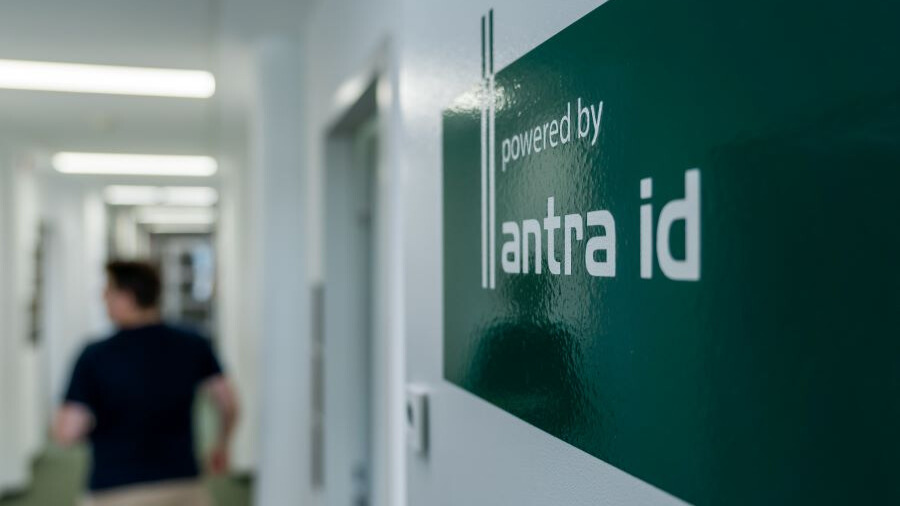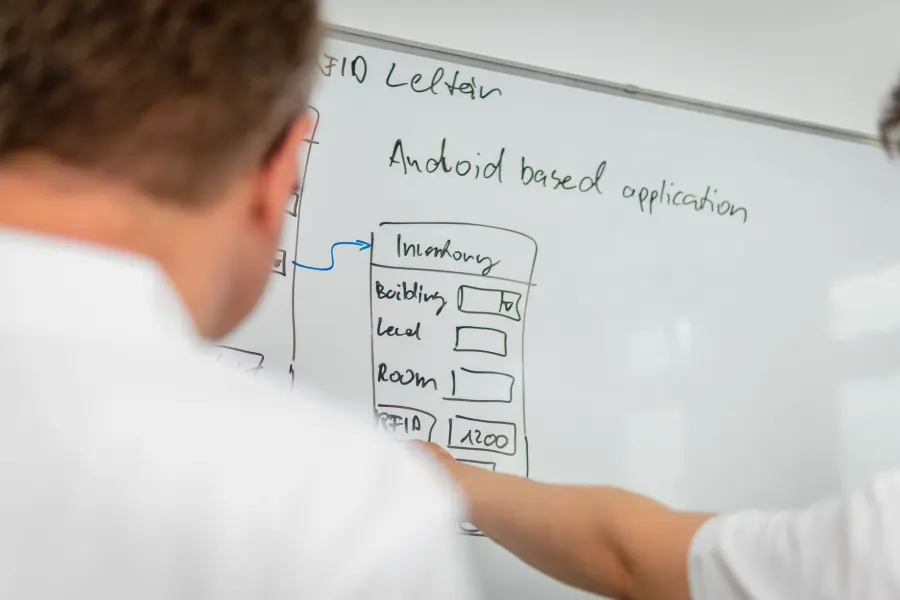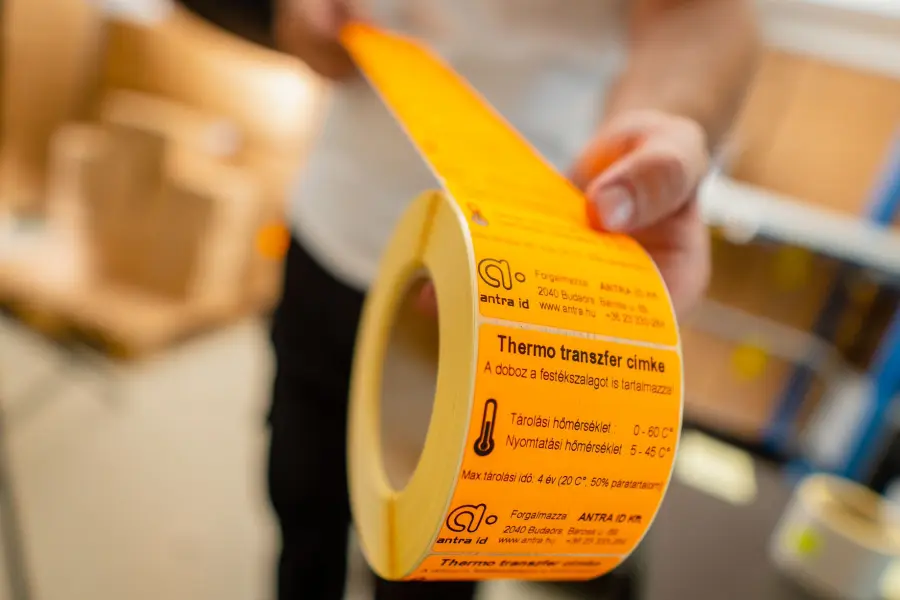The Bosch Group is a leading international supplier that offers innovative solutions for smart homes, Industry 4.0, and connected mobility. The Group operates in four business areas: mobility solutions, industrial technology, consumer goods, energy, and building technology.
Bosch has been present in Hungary with its products since 1898. Regional Trading Ltd., re-established in 1991, has already become a significant group of companies. Thanks to close strategic cooperation between eight independent companies, the Bosch Group is one of Hungary’s largest foreign industrial employers. It has facilities, for example, in Budapest, Maklár, and Hatvan.
The company used the old inventory system based on bar codes on paper. The problem of time-consuming and resource-intensive fixed asset inventory using bar codes or simple serial numbers is a significant challenge. Conducting manual inventories this way can result in various inefficiencies impacting productivity and overall operations.
- Manual Scanning and Data Entry: Scanning barcodes or manually entering serial numbers for each fixed asset is time-consuming, especially when dealing with many assets. It requires considerable labor and can tie up valuable resources better utilized for more strategic tasks.
- Delays in Data Capture and Updates: Manual scanning and data entry may delay capturing asset information and updating inventory records. This lack of real-time data can lead to inaccuracies and hinder decision-making processes.
- Resource Allocation: The labor-intensive inventory process requires manufacturers to allocate additional workforce to meet inventory deadlines. Borrowing workforce from other departments or hiring temporary staff can increase operational costs.
- Line-of-Sight Requirement: Barcode scanning requires a direct line of sight between the scanner and the label. This can be a problem when assets are stored in challenging locations or are not easily accessible for scanning, leading to incomplete or inaccurate data.
- Prone to Damage and Wear: Bar code labels are susceptible to damage, wear, and fading over time, especially if assets are exposed to harsh environmental conditions. This can result in unreadable or illegible bar codes, leading to data inaccuracies.
- Labor-Intensive Scanning: Scanning bar codes for each fixed asset during the inventory process can be labor-intensive, especially for extensive inventories. It can be time-consuming and lead to inefficiencies if multiple scans are required for accurate readings.
- Integration Challenges: Integrating bar code systems with existing asset management or enterprise resource planning (ERP) systems can be complex and may require customized solutions to ensure seamless data flow.
Addressing these challenges, Robert Bosch Elektronika considered implementing more efficient and automated fixed asset management solutions that can provide real-time asset visibility, streamline inventory processes, and reduce the need for labor time investment.

Antra ID has long experience in internal logistics process development and automation in warehouse and production. The experts from the company designed, developed, and implemented fixed assets inventory solutions based on RFID technology (Radio Frequency Identification) that provide real-time asset visibility, streamline inventory processes, and reduce the need for manual data entry. RFID technology enables quick and contactless scanning, significantly reducing the time required for inventory checks.
- By tagging the items with a tag that matches their material (wood, plastic, metal, etc.) and using an RFID handheld terminal and the data collection software running on it, it is possible to make an inventory operation in an office size in practically 5-6 seconds.
- An RFID handheld terminal with data collection software allows for swift data gathering and entry.
- The data collection program matches existing inventory tags with new RFID tags and seamlessly uploads them to the database, generating a fresh and updated inventory record.
- The inventory process is simple, as when entering a room with the RFID handheld terminal, a circular movement of a few seconds is all it takes for the device to locate and read all RFID tags.
This efficient and streamlined approach significantly accelerates the inventory management process.
With the implementation of RFID technology, the inventory process for 120,000 assets now takes just one day, a significant improvement from the previous 4–5-day timeframe. This transformation has also reduced dependency on human resources, as the number of RFID terminals determines the required number of users.
The positive impact on inventory efficiency has resulted in the finance department’s ability to order inventory 5-6 times per year, a notable increase from the previous frequency of 2 times per year.
Furthermore, the Return on Investment (ROI) for this RFID solution was achieved in less than 1.5 years, making it a highly cost-effective and beneficial investment for the company. The adoption of RFID technology has brought substantial improvements to the inventory management process, leading to enhanced productivity and financial gains for the organization.
The successful implementation of the solutions from Antra ID has revolutionized the inventory process, significantly reducing the time required, minimizing the need for human resources, and enabling more frequent inventory orders. The rapid ROI of 1,5 years validates the efficiency and value of adopting RFID, making it a game-changer for fixed asset inventory.






